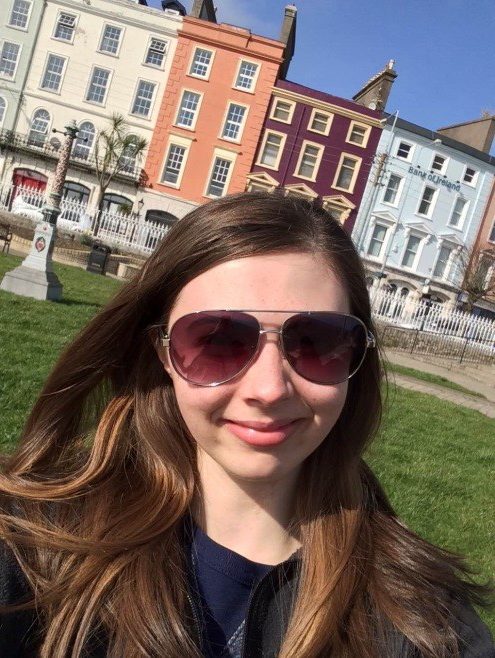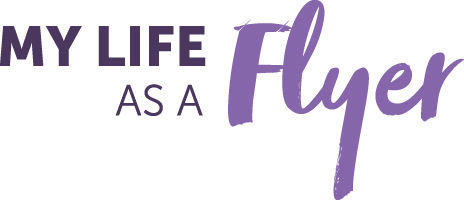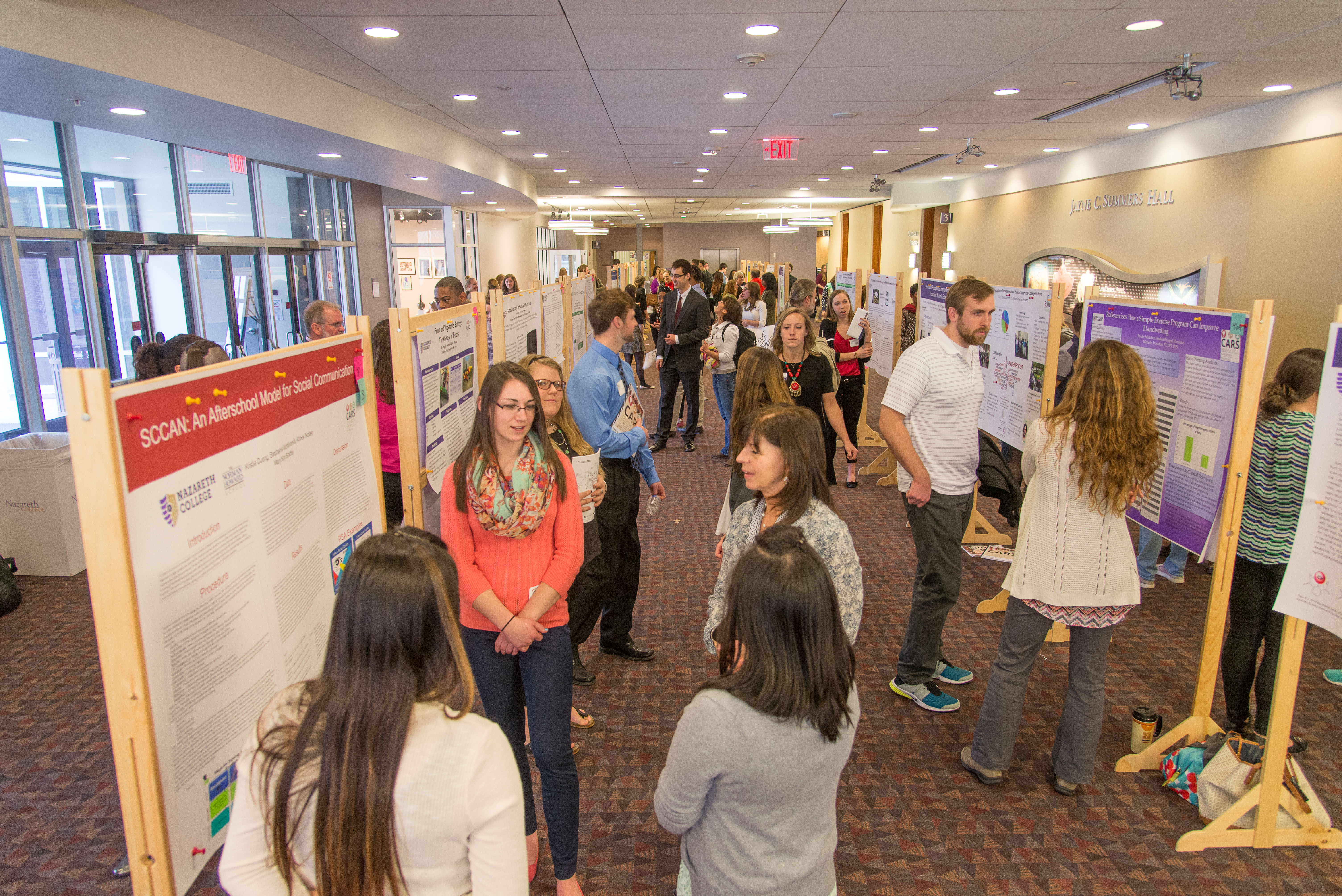So, you’ve made it through all your Perspectives and Enduring-Questions courses, and you’re trying to decide what you’re interested in studying for your three Integrative Studies courses? Or maybe, you’re sure you’re interested in International Business, Marketing, and Sports, but you’re not sure how to turn your IS courses into a final Core Milestone Experience project? Not to worry- there are some amazing students, and even some graduates, who have cultivated masterpieces, photo presentations, videos, and books, among other things, to represent their interests and studies. Check out their journeys through the new core.
Meet Heather Holland
Major: Communication Sciences and Disorder
Hometown: Bergen, NY
Grad Year: December 2016
What are you involved in on campus?
Communication Sciences and Disorders Association (CSDA), Gerontology Club, and Partners for Learning – a program where Nazareth College students push into local city school districts as mentors
What courses made up your IS cluster?
1) PSY 215 Physiological Psychology– Introduction to how the brain works and how it controls everything we do based on perceptions, actions, thoughts, and emotions with an emphasis on the areas of the brain and their unique roles.
2) CSD 334 Speech Pathology II– Nature, causes, and treatment options for communication disorders covering various disorders such as cleft palate, voice disorders, aphasia (memory deficits), motor speech, and others.
3) PSY 354 Issues In Aging – Off-campus class with older adults (elders) in the St. John’s community examining cognitive, economic, environmental, physical, political, and social factors in the aging process. The class consisted of facilitations and discussions on the above topics with stories and personal experiences relayed by the students and elders in the class.
What was your project? How did you present it?
My project consisted of a presentation with multiple visuals and a test to engage the audience. The topic chosen was about the complexity of an individual’s brain focusing on memory. At the beginning, I used the STROOP test to show how complex and interconnected the parts of our brain are. The instructions are to say the color that the word is written in, not the actual word. Another part was bringing in 3lbs of flour to show how much a brain weighs along with a picture of the areas of the brain affected by memory, personality, vision, hearing, speech, and cognition. For the rest of the presentation, I discussed the 3 IS courses pertaining to memory and what I had learned from those classes.
How did you come up with the idea?
It was difficult to pick a specific topic about the complexity of the brain. My CME professor, Kerry Dunn, was fantastic with helping me to narrow down my question and choose a way to engage the audience. The presentation went smoothly and everyone seemed interested. Keeping the audiences’ attention was my biggest concern and it ended up working out in the end.
How do you think your Core Milestone Experience, your IS clusters, and your PE-Q courses in general, have helped prepare you for life after college?
The Core Milestone Experience has brought understanding and connection to the courses I have taken. At this point, I can take content from various classes and see where they connect and contradict one other. Part of being a student is to learn but also question the information given to you. Critical thinkers are ones who constantly question and seek answers for problems, theories, or anything else, similar to the creation of our CME projects.
PE-Q classes have widened my view of the what is possible and appreciate more of the world that we live in. I had constantly asked myself why I needed to take a health and wellness credit or a music course when I am, in fact, not fully involved in those areas. After taking the class, it gave me great appreciation for the arts and for classical music, which was the main topic of the course. All these classes may seem frivolous and a waste of time but they are not in the least. They are used to build awareness of other majors and events that have occurred in the past and continue today. PE-Q classes make us well-rounded and more informed students with the tools to make decisions in our future lives and careers.
Read about some other students’ CME clusters here:
Cassie Matalavage (Education and Spanish ’17) and Diversity in Education
Laura Keech (Communication Sciences and Disorders ’17) and Deaf Culture
Alessio de Michele (Business Administration ’17) and Good Leadership
Feeling confused about Nazareth’s curriculum? Read Lauren’s blog about her experience with the CME or Conner’s blog that gives an overview of Nazareth’s core requirements.


